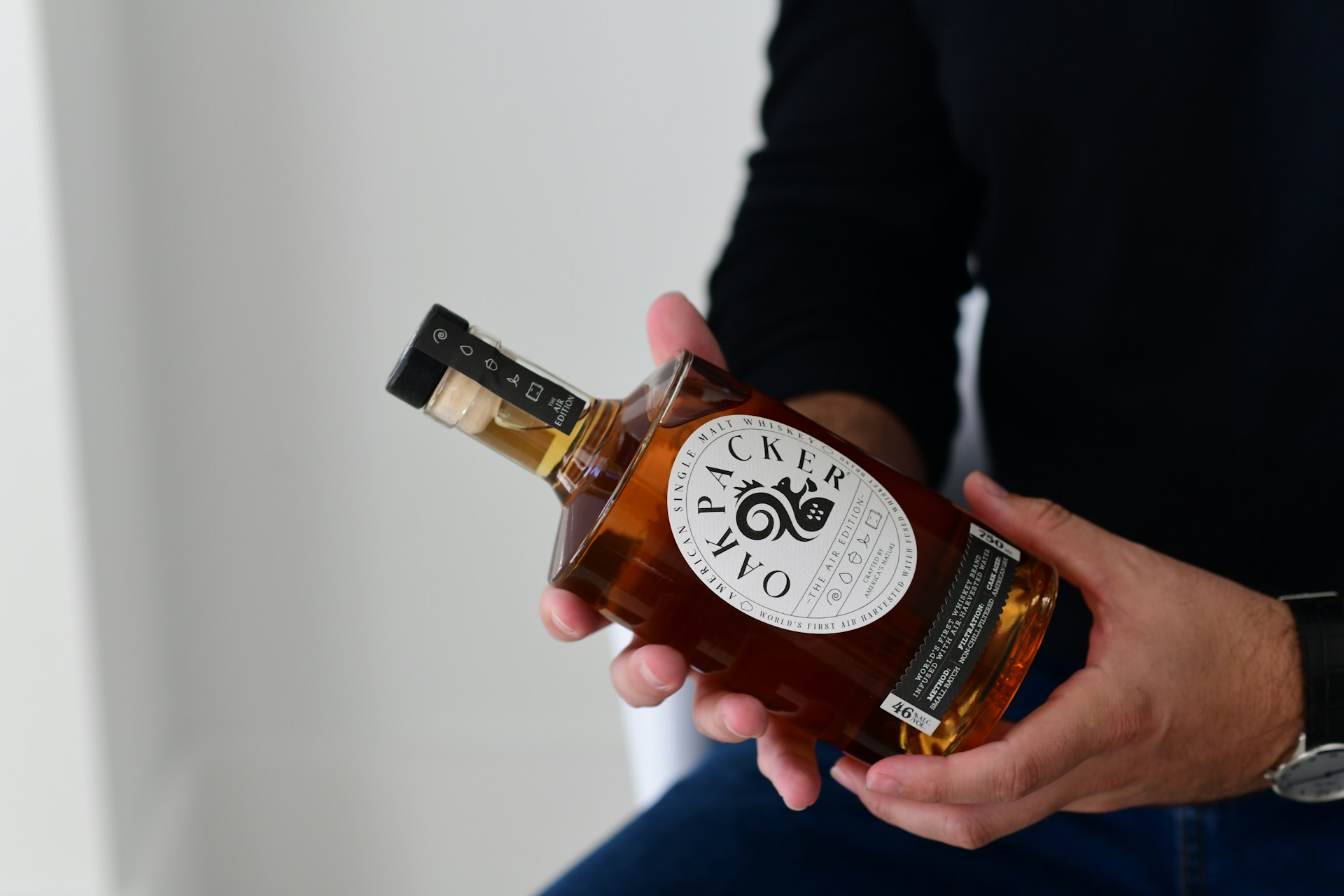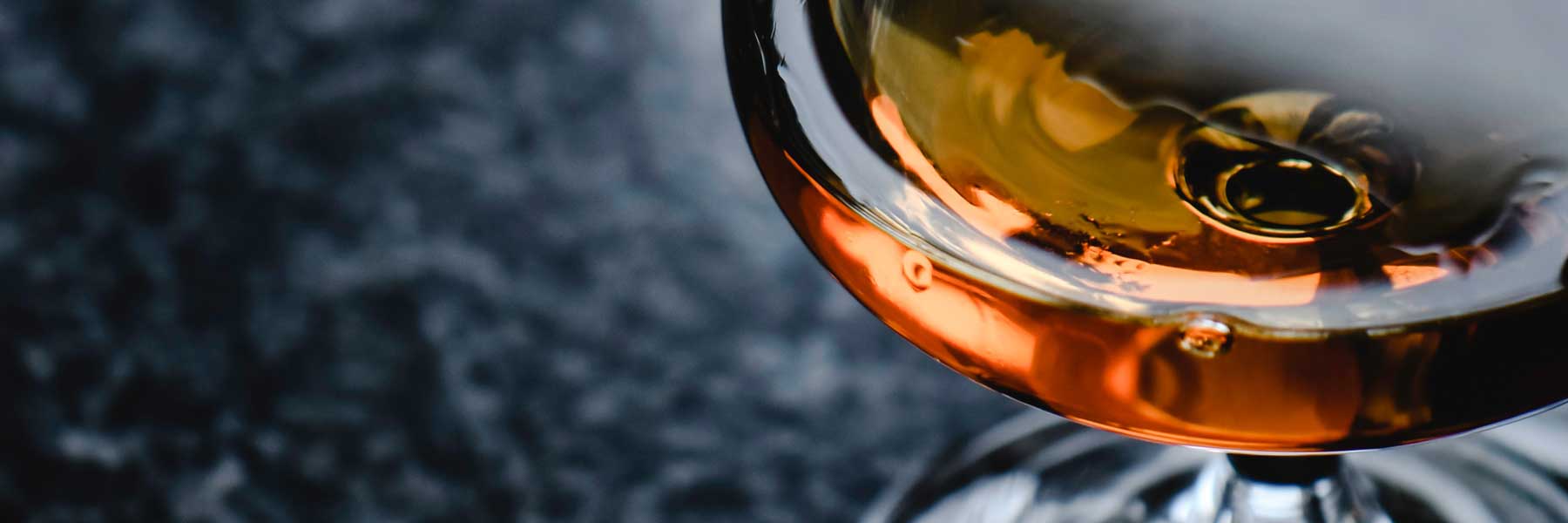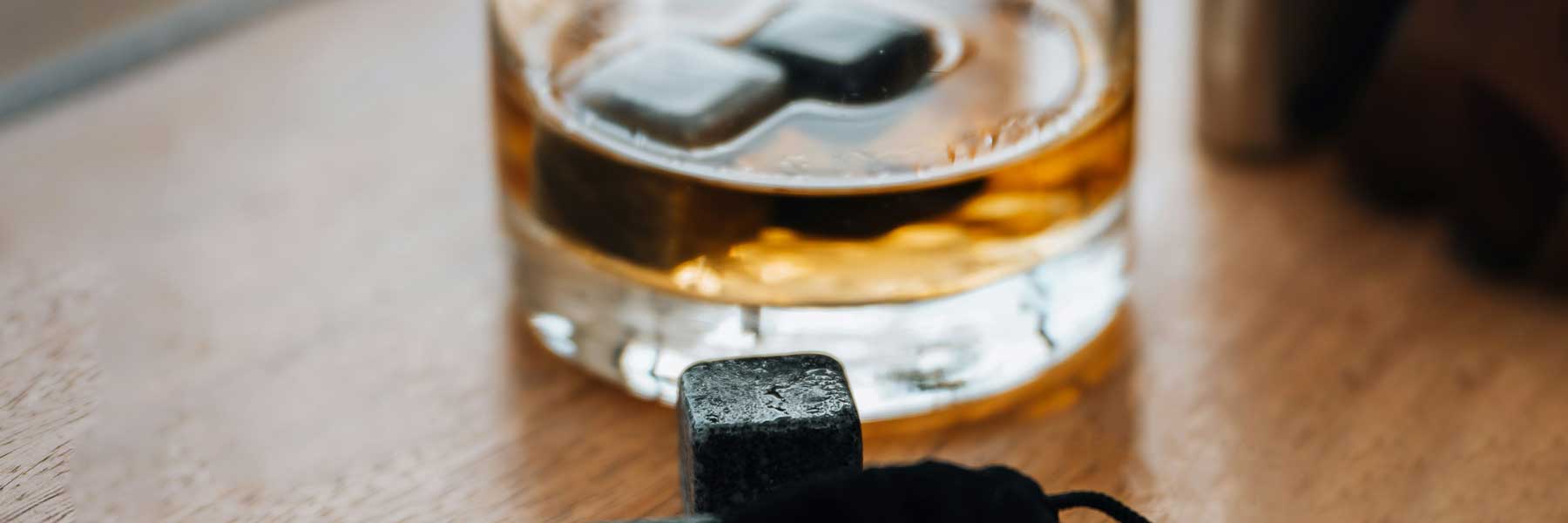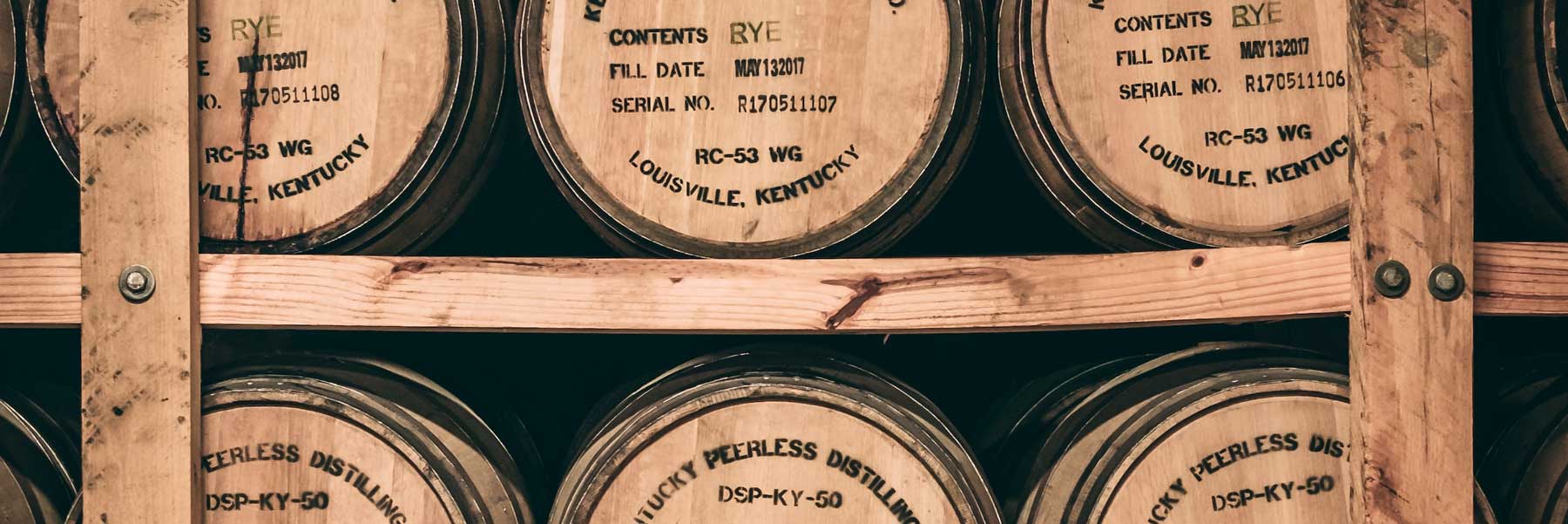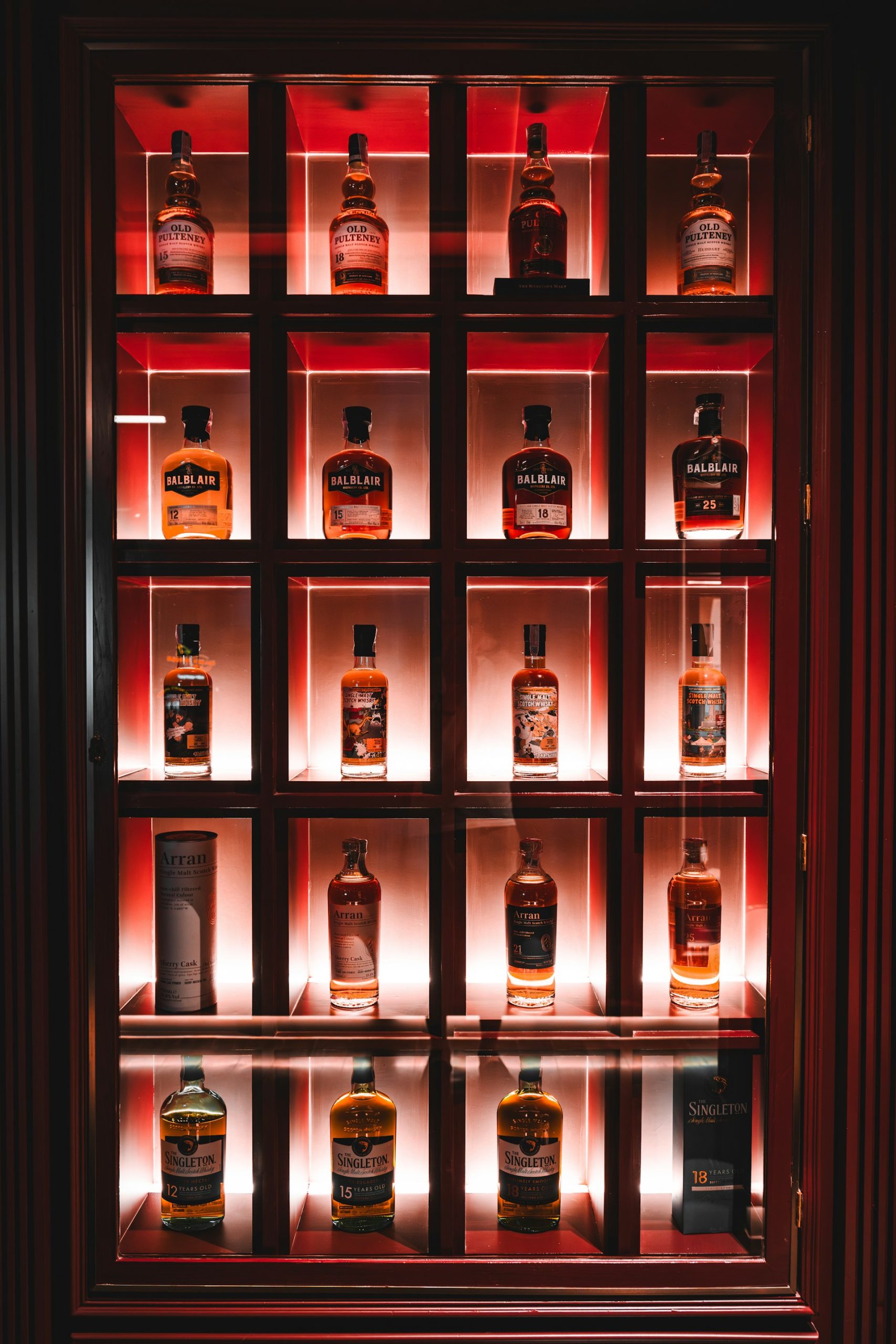How to Identify Different Whiskey Aromas: A Beginner’s Guide
You know that moment when you first stick your nose into a glass of whisky? That initial whiff that makes your nostrils tingle and your brain scramble to make sense of what it’s detecting? For some, it’s a revelation. For others, it’s… well, just whisky.
If you’re in the latter camp, don’t worry. I’ve been there too. Hi, I’m Angus Hogg, a Scottish whisky blogger in my mid-thirties, and I’m here to let you in on a little secret: that complex bouquet of aromas in your glass isn’t as intimidating as it might seem.
When I first started my whisky journey, I thought my nose was broken. Everyone else seemed to be picking up notes of “sun-dried apricots on a cedar plank” while all I could smell was… alcohol. But over time, I’ve learned that identifying whisky aromas is less about having a superhuman sense of smell and more about learning to pay attention and giving yourself permission to trust what your nose is telling you.
In this guide, we’re going to break down the art of nosing whisky into digestible bits. We’ll explore common aroma categories, discuss techniques to enhance your nosing experience, and hopefully, by the end, you’ll be sniffing your dram with newfound confidence.
So, whether you’re a complete newbie or someone looking to refine their nosing skills, pull up a chair, pour yourself a wee dram, and let’s embark on this aromatic adventure together. Who knows? You might just discover your nose knows more than you think!

Why Aromas Matter
Before we get into the nitty-gritty of identifying aromas, let’s talk about why they’re important. You might be thinking, “Can’t I just drink the whisky and enjoy it?” Of course you can! But here’s the thing: a significant part of what we perceive as taste actually comes from our sense of smell.
When you take the time to really nose your whisky, you’re setting the stage for a more complete tasting experience. You’re picking up on subtle notes that you might miss if you went straight to sipping. Plus, it’s fun! There’s something exciting about discovering a new aroma in your glass.
Setting the Stage
Before we start sniffing, let’s make sure we’re set up for success:
- Choose the Right Glass: A tulip-shaped glass or Glencairn whisky glass is ideal. These glasses concentrate the aromas at the top, making them easier to detect.
- Pour a Modest Amount: You only need about an ounce (30ml) of whisky for nosing.
- Let it Breathe: Give your whisky a few minutes in the glass before you start nosing. This allows some of the more volatile alcohols to evaporate, making it easier to detect other aromas.
- Find a Neutral Environment: Avoid areas with strong smells that could interfere with your nosing.
- Have Some Water Handy: A few drops of water can help “open up” the whisky, releasing new aromas.
The Basics of Nosing
Now that we’re set up, let’s talk about how to actually nose your whisky:
- Start from a Distance: Begin with your nose about 6 inches from the glass. Slowly bring it closer, taking gentle sniffs. This helps you avoid overwhelming your nose with alcohol fumes.
- Take Short Sniffs: Instead of one long inhale, take several short sniffs. This helps prevent olfactory fatigue.
- Try “Mouth-Breathing”: Keeping your mouth slightly open while you nose can help reduce the sting of alcohol and allow you to pick up more subtle aromas.
- Give it Time: Don’t rush. Spend at least a minute or two nosing before you take a sip. The aromas will evolve in the glass.
Common Whisky Aroma Categories
Now, let’s break down some of the common aroma categories you might encounter in whisky. Remember, there’s no “right” or “wrong” here – if you smell it, it’s valid!
Fruity Notes
Fruit aromas are common in many whiskies. These can range from:
- Fresh fruits: apple, pear, citrus
- Dried fruits: raisin, fig, date
- Tropical fruits: pineapple, banana, mango
Fruity notes often come from the fermentation process or from the casks used for aging. For example, whiskies aged in sherry casks often have a dried fruit character.
Floral Notes
Floral aromas can add a delicate touch to whisky. Common floral notes include:
- Heather
- Rose
- Violet
- Lavender
Floral notes are often found in lighter whiskies, particularly from the Lowland or Speyside regions of Scotland.
Woody Notes
Given that whisky is aged in wooden casks, it’s no surprise that woody aromas are common. Look out for:
- Oak
- Cedar
- Pine
- Sandalwood
The intensity of woody notes can give you clues about how long the whisky was aged. Older whiskies often have more pronounced wood aromas.
Spicy Notes
Spicy aromas can add complexity and warmth to a whisky. Common spicy notes include:
- Cinnamon
- Nutmeg
- Black pepper
- Ginger
Spicy notes often come from the interaction between the spirit and the wood of the cask during aging. They’re particularly common in rye whiskies and some bourbons.
Sweet Notes
Many whiskies have sweet aromas that can be quite enticing. These might include:
- Vanilla
- Caramel
- Honey
- Butterscotch
Sweet notes often come from the wood of the cask, particularly in whiskies aged in American oak barrels.
Grain Notes
Sometimes you can smell the grains used to make the whisky. This might include:
- Malt
- Corn
- Rye
- Wheat
Grain notes can give you clues about the type of whisky you’re nosing. For example, a strong corn aroma might indicate a bourbon.
Smoky Notes
Smoky aromas are particularly common in some Scotch whiskies, especially those from the island of Islay. Smoky notes can range from:
- Bonfire smoke
- Barbecue
- Tobacco
- Smoked meats
Smoky notes come from the use of peat in the malting process. The intensity can vary greatly between different whiskies.
Other Notes
The world of whisky aromas is vast and varied. You might also encounter:
- Leather
- Chocolate
- Coffee
- Nuts
- Seaweed
- Medicinal notes (like TCP or iodine)
Remember, this list isn’t exhaustive. If you smell something not mentioned here, that’s perfectly valid!

Developing Your Nosing Skills
Like any skill, your ability to identify whisky aromas will improve with practice. Here are some tips to help you along:
- Keep a Nosing Journal: Write down what you smell in each whisky you try. Over time, you’ll start to see patterns and develop your own aroma vocabulary.
- Try Blind Nosing: Have a friend pour you a whisky without telling you what it is. This can help you focus on the aromas without being influenced by what you think you “should” be smelling based on the label.
- Compare and Contrast: Try nosing two different whiskies side by side. This can help you pick up on subtle differences between them.
- Practice with Familiar Scents: Smell things in your everyday life more consciously – fruits, spices, flowers, etc. This can help you build a mental library of scents to reference when you’re nosing whisky.
- Use a Whisky Aroma Kit: These kits contain vials of common whisky aromas and can be a great tool for training your nose.
- Be Patient: Don’t get frustrated if you can’t pick up specific aromas at first. Your nose will become more sensitive with practice.
The “Kentucky Chew”
Here’s a fun technique borrowed from bourbon tasters: the “Kentucky Chew.” Here’s how it works:
- Take a small sip of whisky
- “Chew” it around in your mouth for a few seconds
- Swallow
- Exhale gently through your nose
This technique allows you to pick up retronasal aromas – scents detected when air passes from your mouth to your nose via the back of your throat. It can reveal new dimensions of the whisky’s aroma profile.
How Water Changes Aromas
Adding a few drops of water to your whisky can dramatically change its aroma profile. Water can:
- “Open up” the whisky, releasing new aromas
- Reduce the alcohol burn, making it easier to detect subtle scents
- Change the balance of aromas, bringing some to the forefront and others to the background
Experiment with adding small amounts of water and see how it affects the aromas you perceive.
Regional Aroma Characteristics
Different whisky-producing regions often have characteristic aromas associated with them:
- Speyside Scotch: Often fruity and floral with honey notes
- Islay Scotch: Famous for smoky, peaty aromas
- Lowland Scotch: Usually light and grassy
- Bourbon: Often has sweet aromas like vanilla and caramel
- Rye Whiskey: Typically spicy with pepper and cinnamon notes
Remember, these are generalizations, and you’ll find exceptions in every category.
Common Nosing Mistakes to Avoid
As you’re developing your nosing skills, watch out for these common pitfalls:
- Nosing Too Deeply: Sticking your nose too far into the glass can overwhelm your sense of smell with alcohol fumes.
- Wearing Strong Scents: Perfume, cologne, or even strongly scented hand lotion can interfere with your ability to smell the whisky accurately.
- Rushing: Take your time. Nosing whisky is about enjoyment, not speed.
- Overthinking: Trust your nose. If you smell something, it’s valid, even if it seems unusual.
- Ignoring Context: What you’ve eaten or drunk before nosing can affect your perception. A strong cup of coffee, for example, might make it harder to detect subtle aromas.
The Impact of Glassware on Whisky Aromas
You might be surprised to learn that the glass you use can significantly influence your perception of whisky aromas. It’s not just about looking fancy – there’s some science behind it.
The ideal whisky glass, like the Glencairn, has a tulip shape with a narrow mouth. This design concentrates the aromas at the top of the glass, making them easier to detect. The wide bowl allows the whisky to breathe and release its volatile compounds, while the tapered mouth funnels these aromas towards your nose.
In contrast, a wide-mouthed tumbler, while great for cocktails, tends to disperse aromas, making them harder to pick up. And those cute little shot glasses? They’re not doing your nosing experience any favors.
But don’t fret if you don’t have specialized glassware. A small wine glass can work well in a pinch. The key is to use a glass with a narrower opening than base to help concentrate those delightful whisky aromas.

The Connection Between Aroma and Flavor
While this guide focuses on nosing, it’s worth mentioning how closely linked aroma and flavor are. What you smell in a whisky often translates to what you taste. This is why taking the time to really nose your whisky can enhance your overall tasting experience.
That said, sometimes the palate can surprise you. You might smell smoke but taste sweetness, or vice versa. This interplay between nose and palate is part of what makes whisky tasting so interesting.
FAQ:
1. How long should I spend nosing a whisky?
There’s no set time. Take as long as you like, but remember to take breaks to avoid nose fatigue.
2. Is it normal for the alcohol smell to be overwhelming at first?
Yes, especially with higher proof whiskies. Try the distant approach technique or adding a drop of water to help open up the other aromas.
3. Can nosing whisky help me taste it better?
Absolutely! A significant part of what we perceive as taste actually comes from our sense of smell.
4. Do I need a special glass for nosing whisky?
While a Glencairn or tulip-shaped glass is ideal, you can still nose effectively from any glass. The important thing is to enjoy the experience.
5. Can the weather or season affect how I perceive whisky aromas?
Yes, environmental factors can influence your perception. For example, you might pick up on different aromas in a warm room versus a cool one.
Conclusion: Nosing Your Way to Whisky Wisdom
Well, folks, we’ve taken quite the olfactory journey together, haven’t we? From fruity to smoky, sweet to spicy, the world of whisky aromas is as vast as the Scottish Highlands. And just like those Highlands, there’s always something new to discover.
Here’s the thing about identifying whisky aromas – it’s not about being right or wrong. It’s about training your nose and building your own scent memory.


